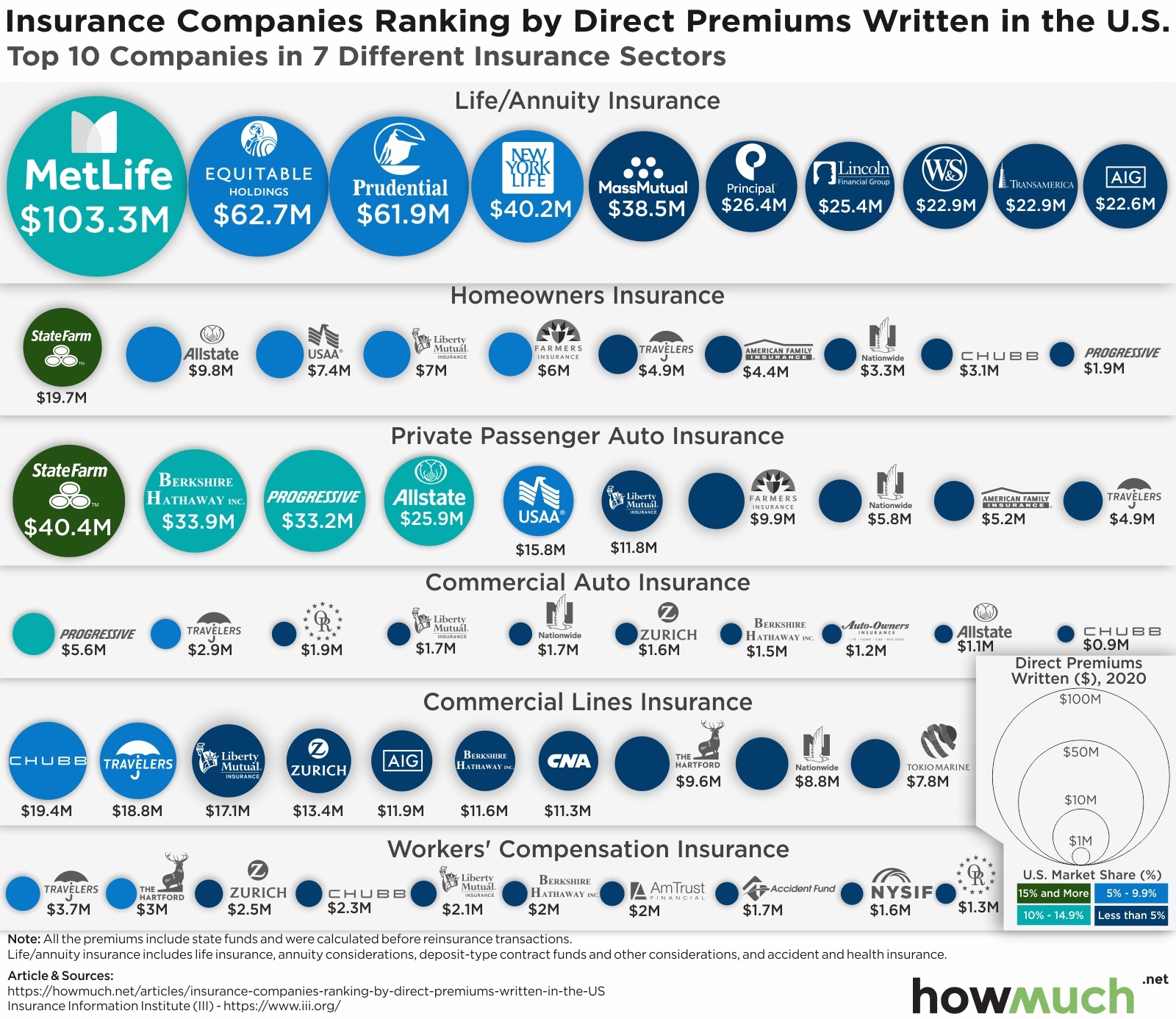The United States is the most popular country in the world for foreign investment according to the Organization for International Investment. It is easy to forget how foreign investment in the U.S. substantially benefits the economy. The map below illustrates the top ten countries which have contributed to foreign direct investment in the United States (FDIUS) on a cumulative basis as of 2014.

As can be seen, the United Kingdom is the largest contributor to the foreing direct investment in the United States by a large margin at $449 billion.
Rounding out the top ten are:
-
Japan with $373 billion.
-
The Netherlands with $305 billion.
-
Canada with $261 billion.
-
Surprisingly, the tiny country of Luxembourg with $243 billion.
-
Germany with $224 billion.
-
Switzerland also at $224 billion.
-
France at $223 billion.
-
The British Virgin Islands at $100 billion.
-
Belgium with $89 billion.
Cumulative foreing direct investment in the United States (FDIUS) over the past few years has reached $2.9 trillion on a historical cost basis.
Although many decry the loss of American jobs to other countries, especially manufacturing jobs, foreign investments are creating many well-paying positions for American citizens. This, in turn, supports the overall economy.
U.S. Competitive Advantages
The U.S. has a number of competitive advantages which make it attractive for foreing direct investment in the United States. These advantages include:
-
Strong systems of higher education.
-
A leading consumer market.
-
A culture that supports entrepreneurism and innovation.
-
An open regulatory environment.
-
Strong private equity and venture capital markets.
Sectors Seeing Growth for FDIUS
The mining sectors saw a dramatic increase in FDIUS from $8 billion in 2013 to $25 billion in 2014, making it the fastest growing sector. The professional, scientific and technical services sector came in second growing from $5 billion in 2013 to $14 billion in 2014. Manufacturing also grew rapidly from $73 billion in 2013 to $125 billion in 2014, representing the largest sector for FDIUS.
Within the manufacturing sector, the chemicals subsector received the greatest amount of cumulative FDIUS by the end of 2014 at $340 billion. Of this number, $167 billion was in pharmaceuticals and medicine. Transportation equipment was second at $110 billion, followed by petroleum and coal products in third at $108 billion. The beverages and tobacco subsector saw the greatest growth from $2 billion in 2014 to $19 billion in 2014.
Increased Competition for FDIUS
Although FDIUS continues to be strong, it dropped by nearly half in 2014 from the prior year to only $112 billion. The big drop in FDIUS in 2014 was mainly due to the divestiture of Verizon by Vodafone, a U.K. company. Still, the percentage share of worldwide foreign investment made in the U.S. has dropped from 39% in 2000 to 21% in 2014. While the U.S. is still the most popular destination for foreign investment, other countries are competing for those flows
The United Nations Conference of Trade and Development is predicting increased foreign investment of around $1.5 trillion in 2016 and another rise to $1.7 trillion in 2017. The U.S. remains the most popular destination for the time being, but opportunities in China and other destinations are luring some of these funds away from the U.S. The continuing evolution of the world economic stage will be reflected in FDIUS flows in the future.
Which Countries Invest in The United States? pic.twitter.com/2txDtlB9gq https://t.co/h1vA6kuryr via @howmuch_net #dataviz #USA #economy
— How Much (@howmuch_net) October 19, 2016
Please feel free to leave your comments below! We would like to hear your feedback.
Data: FDIUS
About the article
Authors
Irena - Editor










